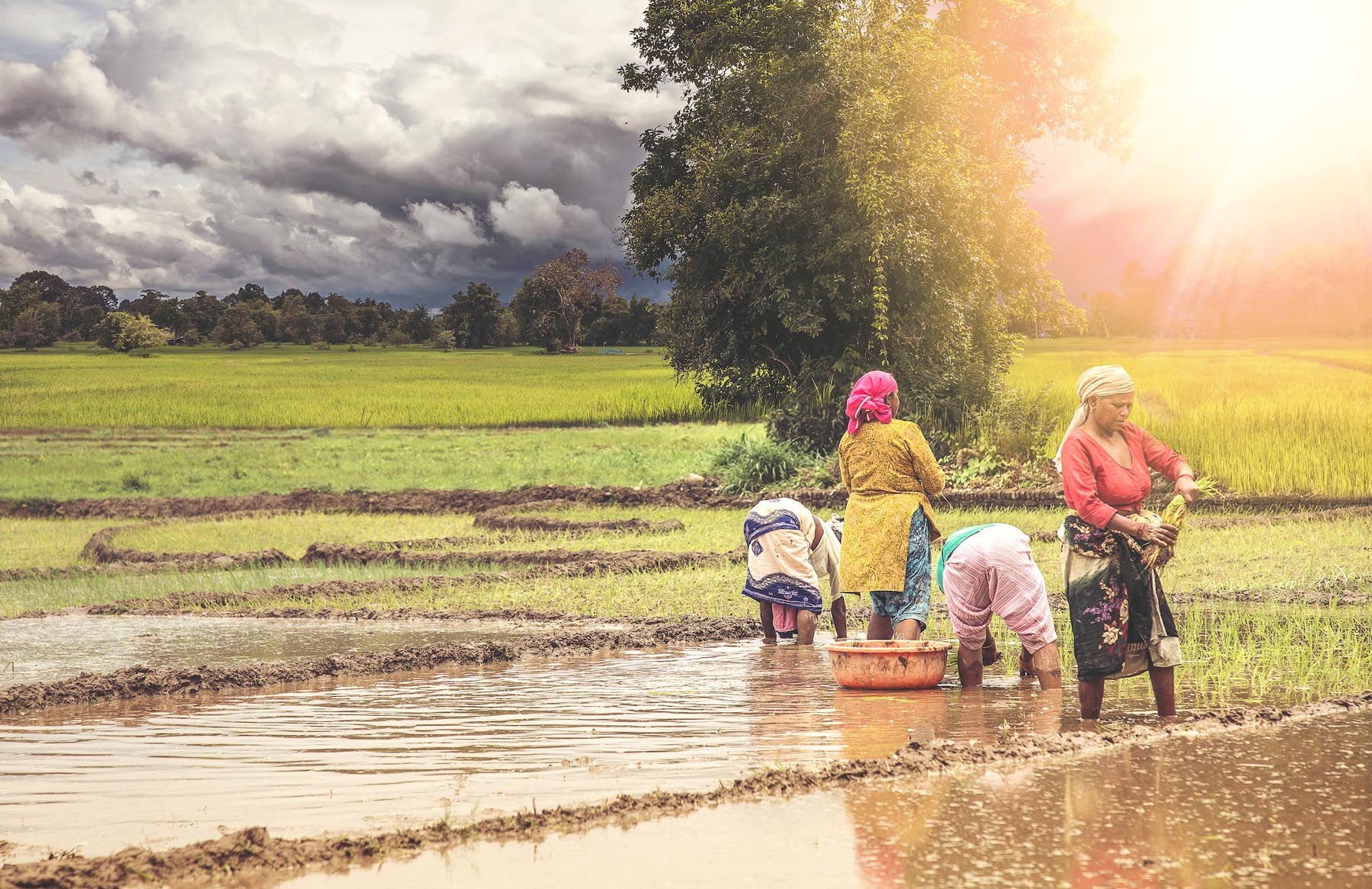The drought that parched the US corn belt this summer highlighted the devastating impact of scant rain on food production. For smallholder farmers in semi-arid areas of Sub-Saharan Africa and South Asia, where rain is rare or unpredictable—especially due to climate change—the challenge of watering crops is constant.
If farmers in Africa, for example, were to tap into the continent’s enormous irrigation potential to water their crops, IFPRI research shows that they could increase production by some 50 percent. So why are these farmers and their South Asian counterparts still relying on rain instead of irrigation—even as a burgeoning populations and high food prices compel them to grow more food?
It’s not due to a lack of irrigation tools and techniques, such as motorized pumps or water harvesting, says IFPRI senior researcher Claudia Ringler. There are about a dozen low-cost water management options currently in existence that farmers could use—if they had access to them, she says.
“These solutions haven’t made it into farmers’ hands because policymakers haven’t provided the enabling environment that would allow these tools to spread,” says Ringler. “But there is increasing realization by investors that smallholder agricultural water technologies can really pay off.”
To help policymakers identify in what—and where—to invest, IFPRI’s modeling and mapping experts worked with partners to develop an interactive, web-based mapping tool: the Investment Visualizer.
Users can determine with a few quick clicks which of the nine irrigation options included in the Visualizer would be most beneficial to farmers in specific sub-regions or countries based under varying climate, crop prices and costs of implementing the chosen water management approach.
The Visualizer produces a map of a sub-region or country along with several supporting figures that illustrate the impacts of adopting the irrigation method under consideration. The tool shows, for example, the number of people who could be reached through adoption of the method and how much smallholder farmers could earn for staple and cash crops as a result of its implementation.
What users don’t see, however, is the complex models that produce the Visualizer’s results. “This is the first-ever tool that combines highly disaggregated hydrological and agronomic models with food supply and demand analysis and crop optimization, to assess where irrigation is really profitable” Ringler says.
The Investment Visualizer was created as part of a larger effort, the AgWater Solutions Project (AWM Solutions), which released its results yesterday. Funded by the Bill & Melinda Gates Foundation, the study finds that small scale irrigation schemes can protect millions of farmers from food insecurity and climate risks in sub-Saharan Africa and South Asia.







